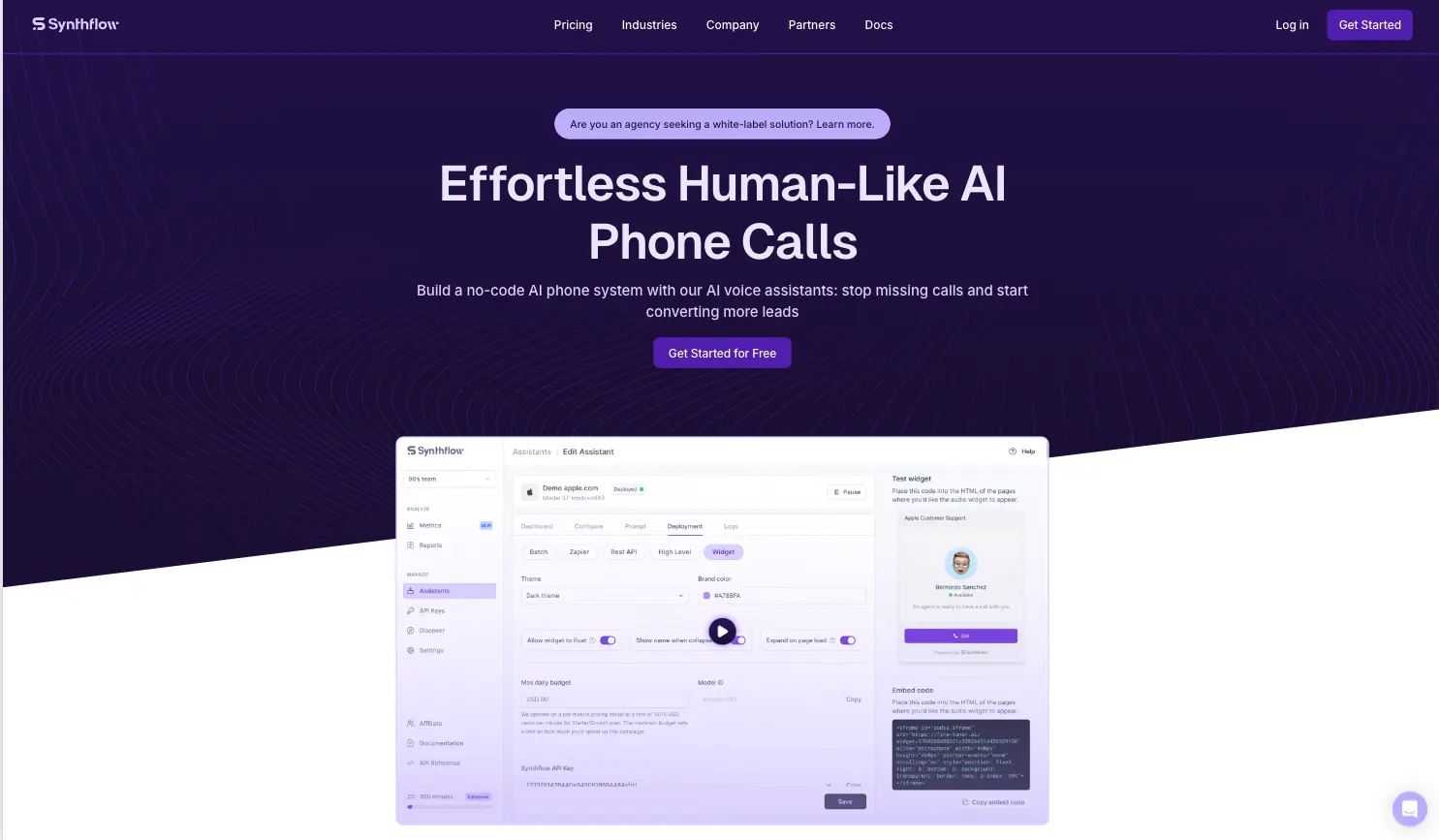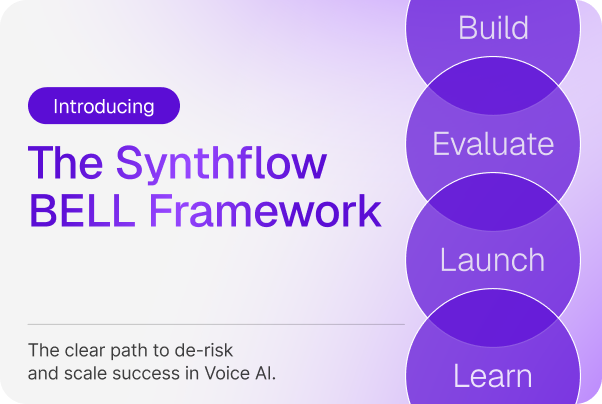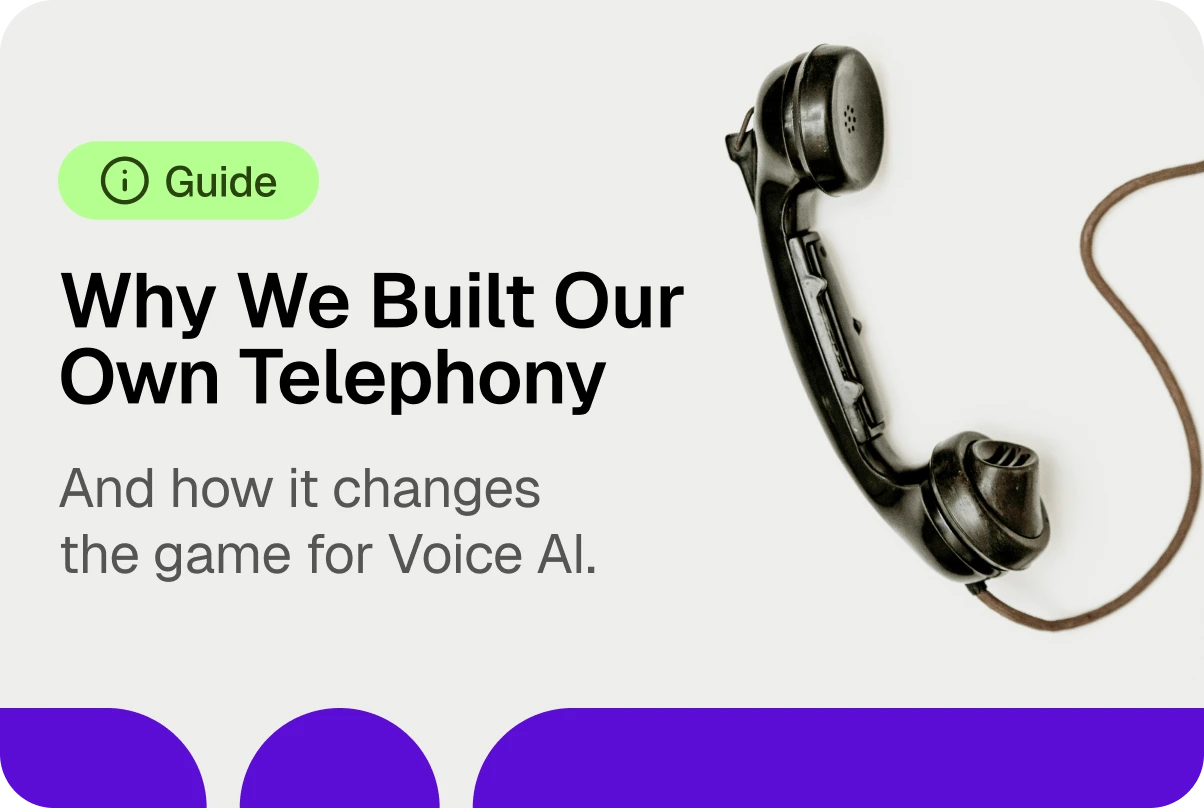Conversational AI
Conversational AI in Banking: Applications, Benefits, and Future Outlook

Table of Contents
.avif)
Imagine a world where banks can handle millions of customer interactions simultaneously, offering personalized assistance 24/7. This is not science fiction—it's the promise of conversational AI.
The financial banking domain is among the most customer-facing sectors. Wll you as a customer prefer quick replies and real-time services or tedious and time-consuming physical ones? The answer is quite apparent.
Turning even a modest number of digital interactions into opportunities holds immense potential. By 2035, AI solutions will be responsible for whooping $1 trillion in cost-savings in the financial sector.
In this blog, we'll explore how financial leaders are driving customer relationships through conversational AI, its use cases, benefits and choosing the right tool for implementation.
The future of banking with conversational AI
McKinsey predicts banking is expected to have one of the largest opportunities in Gen AI and can add an annual potential of $200 billion to $340 billion, largely from increased productivity.

Conversational AI uses machine learning and NLP to mimic human conversations, helping banks automate customer interactions.
According to Gartner, nearly 60% of banking CIOs are planning to deploy AI tools within the next year. Another Nvidia research suggests that 30% of financial enterprises enable AI to increase annual revenues by more than 10%, while over a quarter stated that AI reduces annual costs by more than 10%.

The paradigm shift is driven by the desire to offer personalised human-like interactions through an AI receptionist without having to include a human agent. By utilising AI chatbots, voice bots, and intelligent banking assistants, banks can handle a high volume of interactions while maintaining quality customer service.
With conversational AI, banks can deliver near-human empathy coupled with automated precision and speed. This dramatically increases the likelihood of customers sticking with a brand over time.
Key use cases of conversational AI in Banking
Conversational AI opens a variety of use cases within banking. Thanks to Machine Learning and Natural Language Processing (NLP), today's bank chatbots are seen as scalable tools that enhance customer experience and increase operational efficiency.
- 24/7 personalised assistance
Every week, banks hear from thousands of customers by phone and online chat. While 40-50% of those chats get quickly resolved by the current classic chatbot, a significant number of people still need to speak with a live agent for help. This can leave customers with potentially longer wait times as they're only able to get live help for non-urgent requests during working hours.
But that's not the case with conversational AI. One of the standout benefits of AI chatbots and voice bots is their 24/7 availability. This availability is helpful for getting answers, resolving issues, or addressing complex queries at any time. In fact, research by the Economist says that personalised assistance is considered the most valuable use of artificial intelligence for banks.

Launched in 2018, Erica by Bank of America is an AI call center that has facilitated over 1 billion interactions with approximately 32 million customers. Its capabilities include both text and voice inputs making it a versatile banking tool for customer engagement.
- Customer onboarding and KYC verification
Most customers do not enjoy the KYC process. They are interested in the end product.
The lengthy and time-consuming paperwork is a big turn-off for customers. Because of this, 40% of banking customers abandon their onboarding. Of this, 39% say the process takes too long, and 34% drop off because too much personal information is asked.
But thanks to artificial intelligence in KYC, the problem has been resolved to a great extent. An AI chatbot can help reduce false positives by up to 80-90%. This means that where it could take 10 working days to complete the process, AI can complete it in 3.
The AI-based KYC consists of four essential components:
- Customer profile screening: reviews the risk of new customers against third-party databases.
- AML Screening and Identification: Evaluate risks against existing and potential clients according to AML objections.
- Transaction Screening: monitors transactions for irregular activities
- Adverse Media Screening: Alerts financial institutions of any negative news about the client.
Once screened, an AI bot will help banks effortlessly enrol new customers. From creating new accounts to updating customer information, AI can do it all.
- Fraud detection
For every dollar lost to fraud, the US financial service sector incurs a cost of $4.23, including legal, investigative, and processing fees.
These scams generally fall into three categories: physical attacks, violations of the Four Eye Rule—a security protocol requiring dual approval for sensitive transactions, and digital fraud. To counter these threats, artificial intelligence and machine learning have become essential. These tools are trained to distinguish between fraudulent and legitimate transactions.
Let's see how AI stops the three most common financial frauds:
- Accounts Management
The average wait time for customers to talk to a human on chat is 2 minutes and 40 seconds, the same amount of time they would typically need to be on hold for phone support. More than just relying on humans to handle all chat inquiries is required.

Instead, the "human element" can be extended beyond just pure customer support and leave certain things to the AI. Besides offering frictionless communication between customers and banks, AI also assists in account management.
It automates routine and repetitive questions, thus reducing the need for human interactions. Customers no longer need to run to the bank for common services such as checking bank balances, transferring funds, managing cards, etc.
- Payments and Transactions Reminders
AI answering services are increasingly being integrated into banking systems to automate the process of payment processing and reminders. They are capable of sending reminders through various channels, including SMS, voice calls and emails, ensuring that customers are constantly informed about upcoming or overdue payments.
Nevertheless, users can also schedule transactions by interacting with payment bots in real-time. This reduces the manual workload on banks and assists customers in paying their payments on time.
With these versatile use cases in mind, let's explore how conversational AI delivers tangible benefits for banks and their customers.
Benefits of Using Conversational AI in Banking
For financial institutions looking to develop AI solutions for banking, the opportunities are endless. The banking sector presents a unique landscape where conversational AI can solve critical problems such as limited personalisation, long wait times and complex processes in traditional banking services.
Let's understand why an AI-driven solution for the banking industry is a game changer.
- Cost-efficiency
Conversational AI solutions drastically cut operational costs by automating routine tasks and answering common customer queries. Banks can reduce their dependence on human agents and relocate them to more strategic functions. According to a Juniper Research study, banks can save up to $900 million globally by 2028 by adopting AI-driven chatbots and virtual assistants.
- Scalability
Once trained, AI systems can easily handle thousands of interactions simultaneously. This means no bank has to worry about scaling customer service operations during peak hours. Whether it's a major transaction spike or a system update causing concern among customers, AI-driven chatbots easily handle it all.
- Self Service Facilities
According to a recent survey conducted by American Express, more than 60% of customers prefer self-service facilities. If an individual seeks a personalised working plan, they can avoid the inconvenience of waiting in a long queue by utilising conversational AI. The AI bot will provide them with a detailed plan after analysing their needs and financial goals. It will also assist in setting up automatic transfers to their investment account.
Challenges in Implementing Conversational AI in Banking
While the benefits of integrating chatbots are vast, it's crucial to be aware of the potential risks and considerations associated with this approach. Overlooking potential pitfalls can undermine the effectiveness of these systems and compromise trust.
Banks can only successfully leverage AI by mitigating the challenges it brings along. It’s important to ensure your call center outsourcing is done right. An ideal conversational AI platform takes preventive measures with smooth integration with legacy systems, data privacy and security regulations, security compliance and accumulation of necessary AI expertise.
On the other hand, Synthflow allows financial institutions to enhance their customer satisfaction by providing a service that can build and deploy highly advanced, human-sounding voicebots seamlessly.
It offers integration capability to some of the most powerful integration capabilities, including; Hubspot, Zapier, ClickFunnels, Cal.com, Make.com and many more
Security is locked down, with end-to-end encryption keeping all data protected during calls. Synthflow also stores customer data on secure servers, with regular backups and strict compliance with industry standards.
Choosing the right conversational AI platform for Banking
Choosing the right conversational AI platform is challenging. With so many options available, selecting the one that aligns with your business goals is crucial for long-term success. Here are some of the critical factors to consider when choosing the right conversational platform:
Why choose Synthflow AI?
Synthflow's no-code, drag-and-drop interface allows users to set up a voice agent in minutes without needing any technical knowledge or coding ability. It can seamlessly handle a large volume of calls across all timelines and languages.

Features:
- Zero latency
- Text-to-speech and advanced transcription features
- 11labs integration – clone voices and automatically schedule appointments into your calendar
- Robust customer support
- Advanced call sorting, logging, and transferring
- Generate responses and action them live in call
- Resell Synthflow – fully white-labelled version available
- CRM Integrations – High Level, HubSpot
Synthflow's features are highly advanced, and its use cases are well-suited for any banking business looking to automate aspects of its sales and marketing seamlessly.
Want to try a free demo to see how you can replace your traditional call centers with AI voice bots? Sign up here.



.avif)